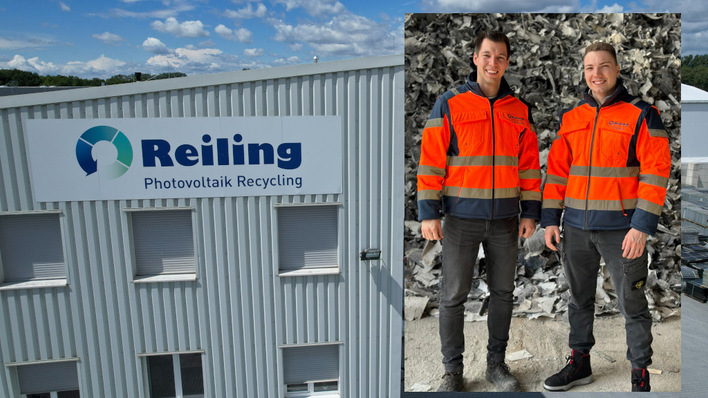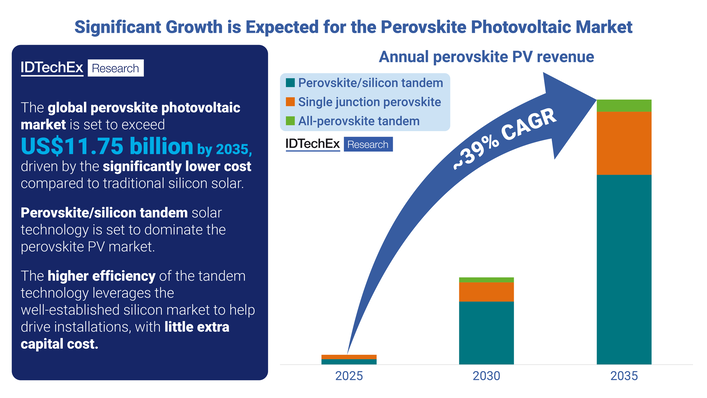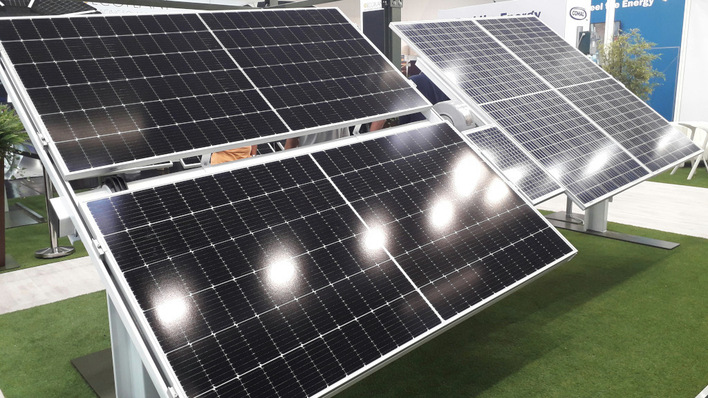In 2019, unfortunately global warming recorded a rise of 0.18 ° C per decade. An increase which is much faster than all known warming phases of the so-called Modern Earth Era, i.e. for 66 million years. During the transition from an ice age to an interglacial period, the earth warms up by around 4 to 5 ° C within approx. 10,000 years. If we follow the recognized specialist scientists, it is to be expected that global warming caused by humans will cause temperature rise by 4 to 5 ° C from the end of the 20th to the end of the 21st century; this warming is about 100 times faster than natural climate changes in the past.
In addition to the numerous negative effects for mankind, global warming plays an important role for photovoltaics, since the modules have to deal with constant increasing ambient temperatures. The problem is the performance of PV modules decreases with higher temperatures. An unmanageable loss of power is unacceptable, as solar energy is and shall be one of our core sustainable energy sources, which should precisely contribute to the fact that global warming is contained and does not advance further.
The value of the temperature coefficient for a solar module is negative.
In this context, the temperature coefficient is of great importance as it provides information about the temperature behavior of the module. The temperature coefficient indicates the relative change in a physical variable in relation of the temperature change compared to a reference temperature. For a solar module, the temperature coefficient provides information about the cell output change depending on the temperature.
Did you miss that? Temperature coefficient becoming key in the buying decision
The temperature coefficient can be found on every module datasheet and is given in % / ° C. It indicates how many percent the output increases or decreases per 1° C, starting from the standard temperature of 25 ° C. The value of the temperature coefficient for a solar module is negative.
Modules with a low temperature coefficient have a higher performance in warm ambient temperatures than modules with a higher temperature coefficient.
But why is that?
For this we have to deal with the basics. The output of the module decreases with higher ambient temperature, since the voltage generated in a solar module decreases with increasing temperature. The nominal power of the modules is measured according to STC (Standard Test Conditions) at an ambient temperature of 25 degrees and at 1,000 watts of solar irradiation. With high irradiation and a warm environment, photovoltaic modules can reach very high temperatures of over 70 degrees Celsius, i.e. a temperature difference of 45 degrees compared to the nominal temperature. That has some consequences. Let’s assume that the module output drops by 0.4 percent if the temperature rises by 1 degree Celsius. What does that mean? For a 1 MWp photovoltaic system, this means a power loss of = -0.4% / C * 45C * 1000 kWp = 180 kWp. That means only 820kWp instead of 1000kWp are available, 180kWp less.
Important that solar modules hat the lowest possible temperature coefficient
How “hot” the module actually is at a certain point in time depends on several parameters. Inclination and solar altitude, the distance to the roof surface (ventilation), the underground and climatic conditions on site (cooling wind) play a role. If you want to know it exactly, you should measure the module temprature.
Back to the basics. With solar irradiation, the photovoltaic effect generates free charge carriers in the solar cells and an electrical voltage is generated. Voltage is the driving force that causes the charge motion. The electricity (the movement of charge motion such as electrons) requires voltage to flow. Basically, the higher the voltage, the more electricity can flow.
If a consumer load is connected, the charge motions (electrons) move and electricity flows. The electrical power is the product of the voltage multiplied by the electricity. This electrical power is usually fed into the power grid and thus contributes to a climate-neutral energy supply. On days with higher solar irradiation, a PV module can therefore generate a higher output. However, there is the disadvantage that the voltage generated in the solar cells drops at higher temperatures.
Thus, a solar module generates a higher output on sunny days, but less the influence of temperature. As the above calculation shows, it is therefore important that PV modules have the lowest possible temperature coefficient.
Resistance is also crucial
Back to the basics. Resistance is also crucial. In the module, the electricity flows through the individual solar cells, through all the electrical conductor paths that connect the cells up to the connection cables of the module. Wherever the electricity flows through an electrical resistance appears and voltage drops occur. This also leads to power losses within the PV module.
Let's stay at the base a little longer. The relation between the flowing electricity and the remaining voltage on the consumer is described by the current-voltage characteristic of a solar module.
The shape of the characteristic curve of a solar module depends essentially on irradiation and temperature. If you measure with different temperatures you can see that the temperature essentially influences the voltage of a solar module.
In summary: resistance and temperature influence the voltage and can lead to a voltage drop. In order to avoid power losses within the PV module, the internal resistances must be as low as possible and the temperature must be low to avoid a drop in voltage.
But how do manufacturers achieve better temperature coefficients?
Currently the industry relies on mono half-cell modules, but also these modules are not immune to a drop in performance at high temperatures.
With a half-cell module, standard full cells are divided into two halves of equal size. By dividing the cells, the generated electricity is halved and resistance losses at cell and module level are reduced to a quarter. The halved electricity also lowers the temperature in the cells and thereby also reduces the risk of hot-spot effects. The three small junction boxes of the half-cell modules, each with only one bypass diode, also transfer less heat to the cells above.
Read more: Intersolar AWARD 2020 finalists with innovative solutions
In addition, the module is divided into an upper and a lower half and the half cells are arranged on top. The two halves of the module are connected together and the total electricity doubles compared to the halved cell. The new division of the module into two halves has a positive influence on the module performance and also on the long-live-cycle. The fact that the electricity intensity is halved inside the module results in a better temperature coefficient and half-cell modules can perform better at high temperatures. The path of the generated electricity is shortened by dividing the module, whereby resistance losses are further reduced.
Multi-busbar technology with a positive effect
The use of multi-busbars, the current-busbars on the solar cells, ensures a constantly increasing module output. The development could be clearly observed over the last few years. A short time ago only the 2 BB variant was used and today we are already with 9BB or 12BB as common variants. The multi-busbar technology has a positive effect on both module efficiency and reliability. Next to a lower series resistance, the round cross-section of the wire also has a clearly positive effect, as it scatters the light on the cell surface and thus ensures higher absorption, which increases the module performance. Since the distance between the wires is shorter, there are also fewer micro-cracks.

Sharp
All of these measures contribute to the fact that the temperature coefficient has improved by around 30% since the turn of the millennium.
The NU-JD440 module from Sharp has 9BB technology and an excellent temperature coefficient of -0.347% to provide sufficient yield even on hot summer days. While we are proud of the achievement, we are already working on an improvement with the aim of being able to present our customers with an even lower coefficient in a timely manner. (br/hcn)
Did you miss that from Sharp? Black solar module using half cells








